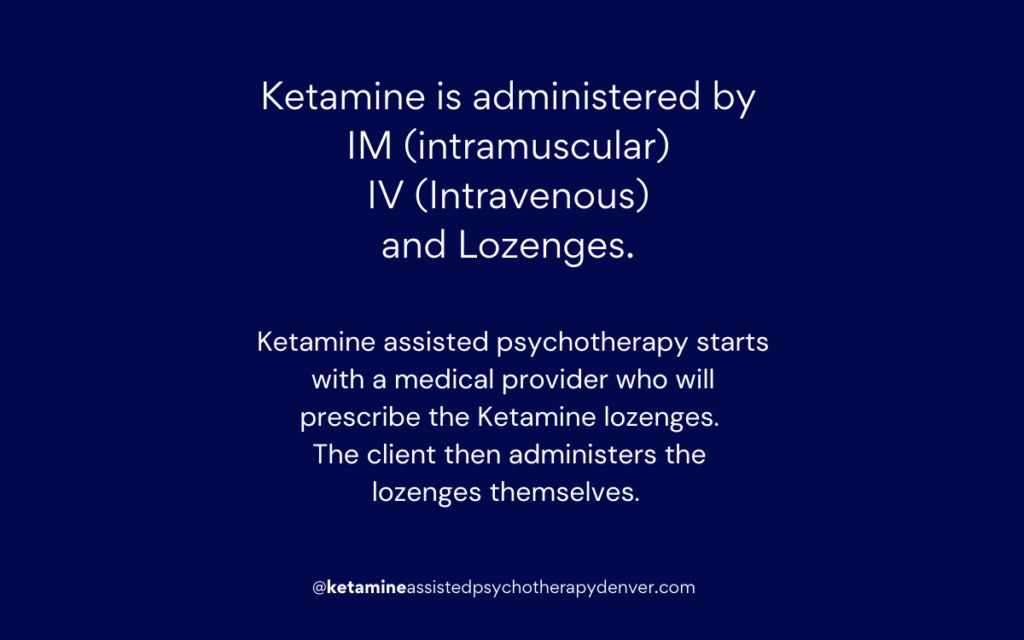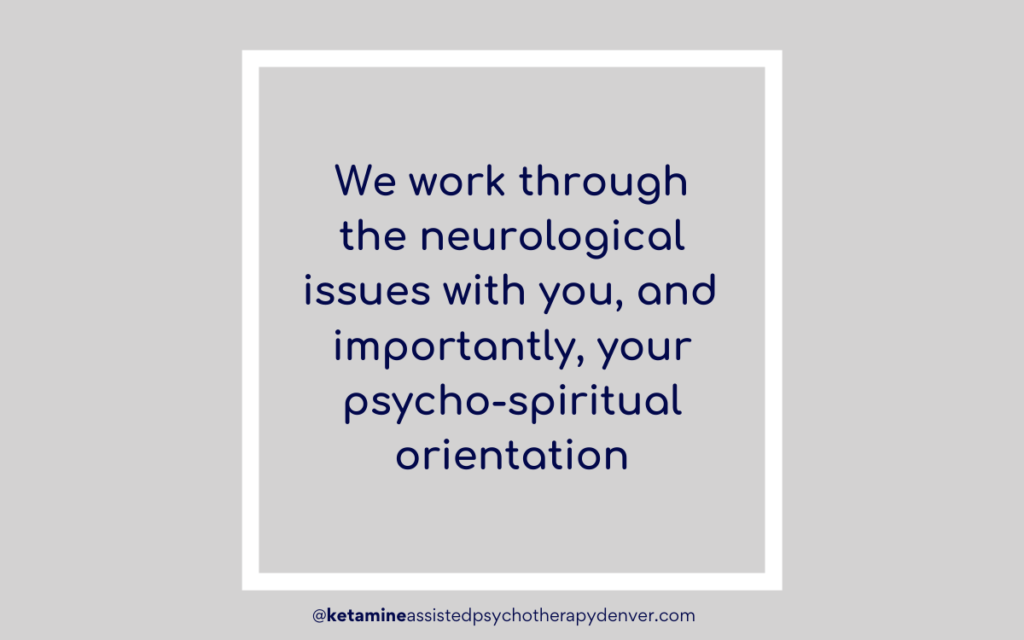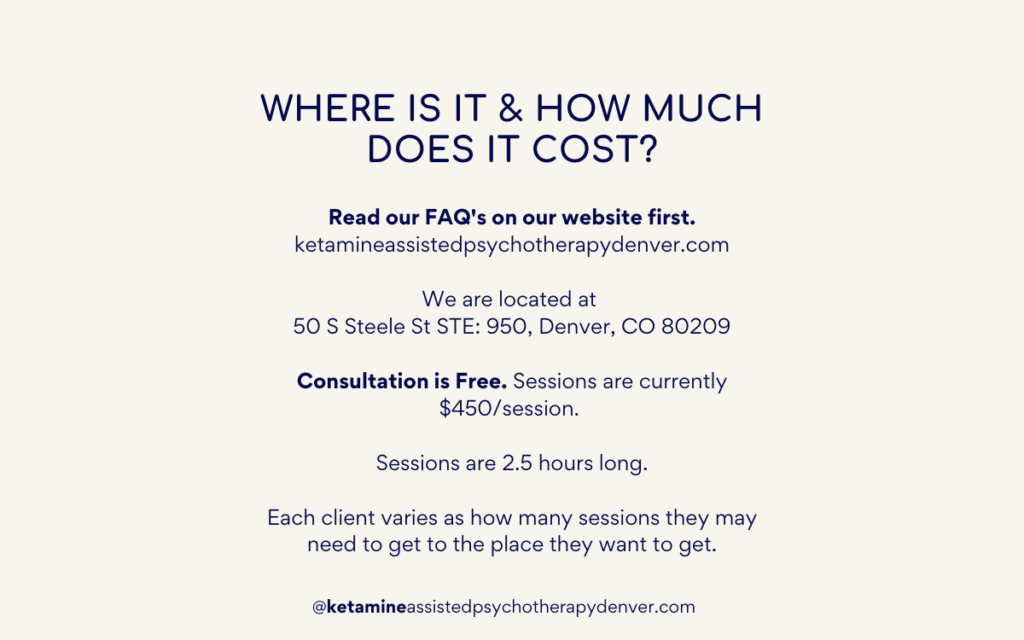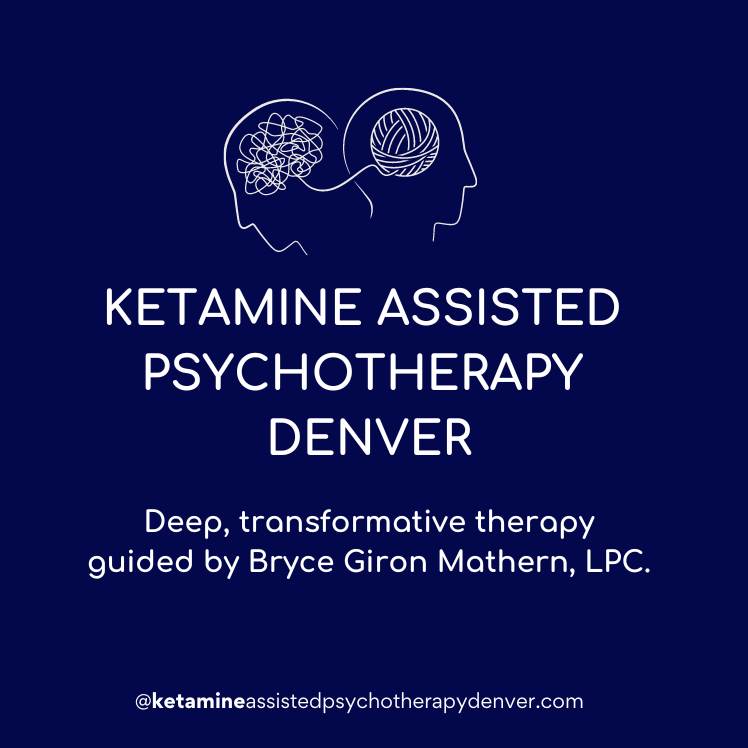











FAQ: Assisted Ketamine Therapy
If you are like most of my first-time clients, this is new to you. Maybe you have tried ketamine before, but not in a therapeutically supported clinical environment.
Welcome.
I began this practice because this is life-changing work. I’m honored you’re here and as your guide, it’s my job to help you understand everything about assisted ketamine therapy as you begin to look into whether this counseling modality fits your lifestyle and goals.
What is Ketamine?
Ketamine is a generic dissociative medication that has many years of safe use as an anesthetic in medical procedures. Ketamine was first synthesized in 1956, and used in the Vietnam War for surgical procedures. In 1970 the FDA approved Ketamine for medical use. In the last decade, ketamine has proven to have great promise as an off-label treatment for Treatment Resistant Depression, PTSD, OCD, drug and alcohol addiction, and other psychiatric diagnoses.
How can Ketamine help me?
Studies show that ketamine can be effective in treating many mental health conditions. It has been used in the reduction of anxiety and depressive symptoms. It is also helpful for people who are dealing with PTSD.
How safe is Ketamine?
Ketamine has been used for many years and has an incredible safety record. Ketamine Assisted Psychotherapy is considered an off label use of this drug. However, the amounts given to clients during KAP is much lower than what is given by medical professionals when Ketamine is used as an anesthetic.
Will I become addicted to Ketamine?
With low dosages and a continual monitoring of your symptoms it is highly unlikely that a client will experience addictive responses to Ketamine. It is more likely to become addicted to Ketamine if self-treated. With the help of an experienced guide/counselor the client has a limited chance of becoming addicted.
What is the difference between Infusion Centers and Assisted Therapy?
Infusion Centers give Ketamine both in IM and IV and clients sit through the experience, once completed the client is released after someone makes sure they are medically okay to function.
Assisted Therapy is a much longer and more comprehensive process. The initial intake process works through the client’s goals and intentions for taking the Ketamine “journey.” During Assisted Therapy the therapist is sitting with the client throughout, keeping them safe and supported. Infusion Centers tend to be mostly concerned with the clients physical health whereas the therapist is concerned both with the clients physical and mental health. Assisted Therapy provides for an integration session after the Ketamine session. This allows a client to find meaning out of the psychedelic experience – an important part of the experience. We use the term “journey” because our therapists consider not just neurological issues with the client, but also their psycho-spiritual orientation. Psychedelics often include some kind of spiritual experience. How the client makes meaning out of that is really important.
When can I expect to experience results?
Ketamine impacts people’s symptoms very quickly and clients often experience relief within hours or days. These initial changes don’t last unless there is further follow up with continued psychotherapy sessions and more KAP sessions. After 6 to 8 sessions the symptoms may be reduced long-term.
How do I get I get started?
All clients interested in Ketamine Assisted Psychotherapy will need to schedule an initial session to talk through the client’s history and determine if this is the right therapy for the client. If this is the appropriate therapy for the client it is necessary to schedule a visit with a medical provider to insure that there are no medical concerns in doing KAP. The medical professional will also be the one that provides the prescription from the pharmacy. Once the client has the Ketamine available a KAP session will be scheduled.
What happens during a KAP session?
KAP sessions are two and a half hours. You will need to show up with pillows and other personal items that can help you create a safe and intentional space. You will also need someone to pick you up after the session. It is recommended that the client does not work the day of the session.
How do I take Ketamine into my body?
Ketamine is taken with oral lozenges that are prescribed to you. These lozenges are sucked on for a period of about 15 minutes. After the 15 minutes you swallow the ketamine in your mouth and lay down for the journey.
What are integration sessions?
A big part of using ketamine is the meaning you make out of the experience you had during KAP. This will happen right after the client comes out of the ketamine journey. It is also necessary to take advantage of the open state of the mind that can then integrate new insights. Integration sessions are useful in processing the meaning from the KAP session.
